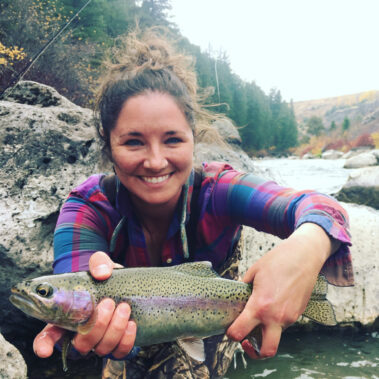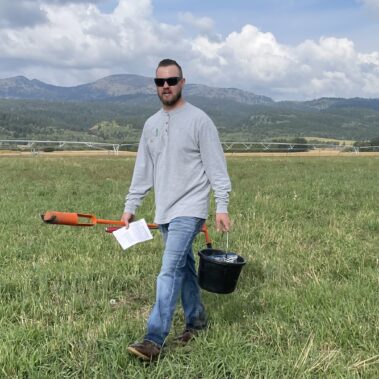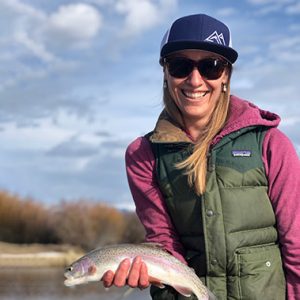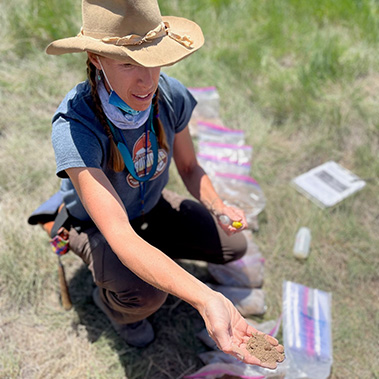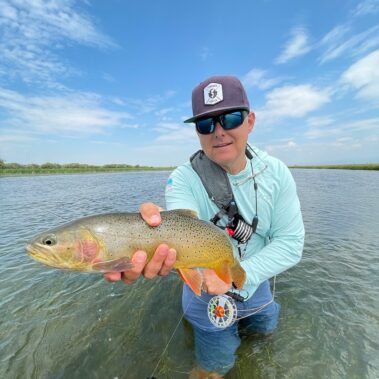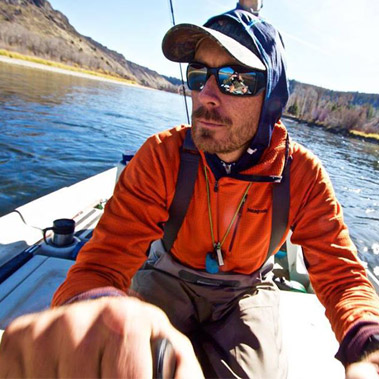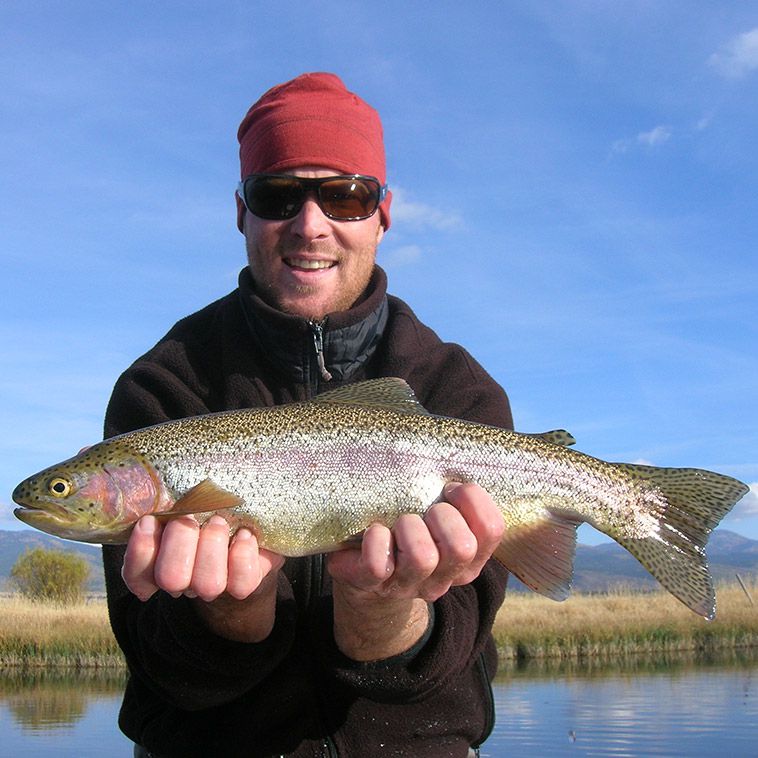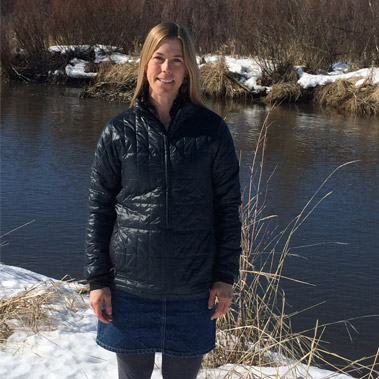Teton River Management initiative FAQs

2021 Teton River Fish Population Survey
November 11, 2021Teton River Management Initiative FAQs

These FAQ’s were complied by Teton County GIS Manager / Community Projects Coordinator, Rob Marin. To view a PDF with images click here.
What section of the Teton River does this management initiative cover?
The subject area for this initiative includes the upper Teton River from the headwaters west of Victor to Harrop’s Bridge west of Tetonia. This stretch of river is characterized by a meandering channel and relatively slow- moving, flat water. Because novice boaters can safely navigate this section at most summer water levels, it tends to see widespread recreational use. Downstream of Harrop’s Bridge the river descends into a narrow canyon and becomes an advanced whitewater run. The lower canyon section is not currently under consideration for the purposes of this initiative.
Who started this management initiative and why?
Teton County government began this effort in the winter of 2020-21 in response to growing public complaints about overcrowding, litter, pet problems and natural resource impacts. The County also recognized a lack of existing regulations and enforcement for private and certain commercial river uses. Our goal is to preserve both the quality of all river users’ experience—whether floating, fishing or observing wildlife—as well as the health of the river environment itself. We also need to consider the concerns of landowners along the Teton River Corridor.
Why would Teton County have authority over the river?
The upper Teton River flows largely through private land, so federal and state agencies have limited jurisdiction. The Army Corps of Engineers has authority over modifications to the stream channel, but does not regulate recreational activities. Idaho Fish & Game regulates the boat ramps and access points it manages, but its authority on the river is largely limited to fishing and hunting activities. IDFG officials say they do not have legal authority to regulate floaters’ behavior. The Idaho Outfitters and Guide Licensing Board oversees guided fishing outfitters but has no authority over private floaters or non-guided outfitters, including commercial boat rental/shuttle companies.
Idaho counties have broad authority to regulate lakes and rivers within their boundaries for public safety and resource protection, so Teton County is the default agency to establish rules for river recreation.
Who else is currently involved in this management process?
Teton County convened a core group of stakeholders to develop strategies and provide direction for the process. Led by the County (GIS Manager / Community Projects Coordinator Rob Marin and Commissioner Michael Whitfield), it includes the Idaho Department of Fish and Game (IDFG Regional Fisheries Manager Brett High); Friends of the Teton River (Executive Director Amy Verbeten and Community Education Director Will Stubblefield); the Teton Regional Land Trust (Conservation Specialist Renee Hiebert); the City of Driggs (Planning Administrator Leanne Bernstein); as well as Jeff Klausmann (landowner, private lands habitat manager) and biologist Susan Patla.
Dr. Rob Van Kirk of the Henry’s Fork Foundation provides scientific consultation for studies examining recreational use on the river.
What is the public engagement process?
The Teton River core advisory group worked over last winter to develop actionable strategies. Actions taken in 2021:
-
We worked with commercial boat rental / shuttle companies to understand their concerns, limit further expansion, and agree on general operating guidelines for the 2021 summer season.
-
Teton County collected vehicle count data in the summer, building upon existing recreational use data.
-
We met with local fishing outfitters, the Idaho Guides and Outfitters Association and river landowners to explain the management initiative and discuss their particular concerns.
- In the fall of 2021, Teton County published an online river-user survey to profile users, record their assessment of use levels on the river and solicit their opinions regarding possible management strategies. More than 1,400 locals and visitors responded to this survey.
-
Working with Warm Springs Consulting (WSC), a professional facilitation firm, we engaged the public in a virtual charrette-type meeting on November 30, 2021 to begin developing management policies.
Next Steps:
-
WSC and Teton County will host a second charrette on January 19, 2022 to refine potential policy options.
-
The County will meet with IDFG and the Idaho Outfitters and Guide Licensing Board to further delineate agency jurisdictional boundaries and establish cooperation moving forward.
-
The Teton County Board of County Commissioners will host a Teton River “town hall” meeting during the winter of 2022 to educate the public and solicit further comment.
-
WSC and the County will draft a County river ordinance to define management methods and regulations.
-
We will determine County budgeting and personnel needs required to implement management actions.
-
Public engagement and monitoring of use will continue during the 2022 floating season and beyond.
What recreational studies have taken place on the Teton River?
- The University of Montana, in partnership with FTR, performed a 2018 stakeholder assessment, evaluating the merits of creating a river-recreation management plan. This study found broad public concern over increasing river use and general support for river recreation management.
- Also in 2018, the Henry’s Fork Foundation performed instantaneous vehicle counts and interviews to ascertain the volume of use and user profiles.
- In the summer of 2021, Teton County performed vehicle counts to estimate more current use numbers, employing a methodology comparable to the 2018 HFF study. Based on this data, the HFF estimated approximately 66,000 river users from Memorial Day to Labor Day in 2021, a 28% increase from the more than 51,000 users estimated for 2018.
- Teton County collected watercraft rental/shuttle data from local companies in 2021. The County estimates commercial activity produced 5,000 user days for the 2021 floating season. While significant, this represents less than 10% of total use, assuming HFF’s use estimates are correct. This data tells us that regulating commercial activity alone will probably not be sufficient to control future overcrowding on the Teton River.
What type of management options will be considered?
As a starting point, we are evaluating a variety of policies used by recreation managers on other rivers. Suggestions from the public will be entertained as well. Below are many of the options proposed by the core advisory group and/or suggested during the recent online survey and public charrette:
- Educational / enforcement signage
- Maximum group size
- Limits on number of additional rental/shuttle operations
- Limits on rental/shuttle user numbers
- Limits on increase of all commercial uses
- Paid parking at access points; season and/or daily passes required
- Season or daily boat passes for using the Teton river, for commercial and/or private users
- Restrictions on motorized use
- Hiring a river ambassador or ranger to educate the public on river etiquette, safety and environmentally friendly behavior
- Improvements to smaller access points (possibly in conjunction with paid parking) to spread out use
- Regulations aimed at preventing pets from harassing wildlife, livestock or fouling private property
- Hiring a camp host and enforcement of camp stay limits at the Rainey/Big Eddy campground
What are some major challenges involved in implementing new management policies?
- Public support for regulations. Nobody is enthusiastic about more rules or access restrictions, unless they serve an important purpose. This is why the County is emphasizing public engagement in this policy-vetting process. Even with enforcement personnel in place, a culture of public support for river rules will be necessary for success.
- Funding. The County receives annual state vessel funds of a few thousand dollars per year to apply toward river improvements or management. However, these funds are not nearly enough to provide for administration and enforcement capability. Proper river management will require either newly adopted management policies to be self-funding (boat pass fees, paid parking, etc.), or a diversion of funds from other County priorities.
Who is using the Teton River?
- Licensed Outfitters and Guides – Special Use Permit Holders licensed by the State of Idaho to provide guided services on specific river sections. On the upper Teton River, all such outfitters are guided fly-fishing operations.
- Commercial Rental and Shuttle Operations- businesses that provides watercraft for the public to use on the river and shuttles for their customers. While these businesses use public launch sites, they do not provide guided services on the river.
- The General Public – private users not associated with or employed by Licensed Outfitters or Commercial Rental and Shuttle Operations.
What are the current regulations on fishing outfitters?
- The Idaho Outfitters and Guides Licensing Board (OGLB) requires licensing of all fishing guides, who must meet state training and experience qualifications.
- On the Teton River section upstream of Cache Bridge (known as TE1 in the OGLB regulations), up to five fishing outfitters can be permitted. From Cache Bridge to Harrop’s Bridge (known as TE2), up to six outfitters may operate. The number of boats per day per outfitter is not restricted. Boats may use motors not-to-exceed 10 hp. Downstream of this initiative’s subject area, different regulations apply. The portion of the Teton River from Harrop’s Bridge to the confluence with the Henry’s Fork of the Snake River is designated as TE3 by the OGLB. TE3 consists of six smaller sections; a maximum of five outfitters may only have two boats on each of these sections per day and no more than eight boats per day total on TE3 as a whole. Up to 10-hp motors are permitted above the Felt Dam access, and 5-hp motors are permitted below the TetonDam site. Motors are not permitted between the Felt Dam access and the Teton Dam site.
- Some fishing outfitters voluntarily limit their use on the upper Teton (TE1 & TE2) to two boats per section per day. Guided fishing on the upper Teton currently represents a tiny percentage of overall use, but their operations are significantly impacted by the increase in floaters. Fishing outfitters currently operating on the upper Teton River include WorldCast Anglers, Teton Valley Lodge, Three Rivers Ranch, Henry’s Fork Anglers and the Bronze Buffalo Sporting Club.
What are the current regulations on commercial boat rental/shuttle operations on the Teton River?
Prior to 2021, there were no regulations on these types of businesses. In the spring of 2021, Idaho Fish & Game instituted a new commercial use agreement for watercraft rental companies that use IDFG-managed access sites to deliver or pick up customers. There are currently two companies operating under this agreement: Teton River Supply and Wai Mauna Paddleboard Rentals. Teton Valley Adventures, a local snowmobile tour business, inquired about obtaining an agreement last summer, but subsequently withdrew their request. Other businesses, such as Peaked Sports, Yostmark Mountain Equipment and Hawkes Canoes (the latter based out-of-county), rent watercraft but report that their employees do not directly utilize Teton River boat ramps as part of their operations.
The 2021 IDFG commercial use agreement includes the following restrictions on commercial rental/shuttle operations (subject to future changes):
- Rental/Shuttle launches are permitted at the Teton Creek, Bates Bridge, Rainey Bridge sites only. Take-outs only are permitted at Cache Bridge. Use of access points is limited to daylight hours between 9:30 am and 4:00 pm.
- Rental/shuttle operators must park and stage at designated sites, for a maximum duration of 15 minutes.
- No more than 12 launches per day, with no more than six from either Bates or Rainey Bridge.
For additional information, contact: Rob Marin
Teton County GIS Manager / Community Projects Coordinator ph 208-354-2593 ext. 205
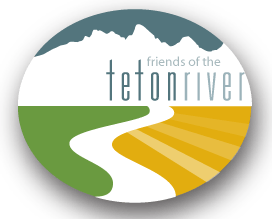



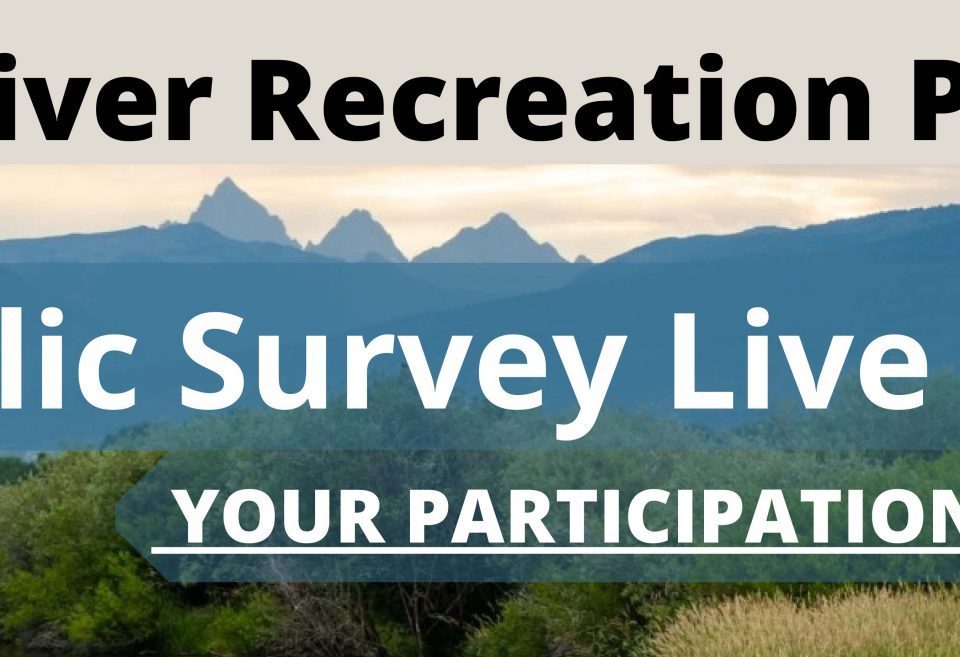
 McKenzie is the Program and Development Associate. She supports the Grants Director, Philanthropy Director, outreach efforts and program staff in the field. She aims to assist staff in meeting goals and producing high quality work in service of the Teton River Watershed. She is originally from Santa Barbara, California and grew up visiting her grandparents in Teton Valley. Her passion for the great outdoors and conservation grew when she studied Ecology and Evolutionary Biology at the University of Colorado Boulder, and she is excited to continue learning from this organization.
McKenzie is the Program and Development Associate. She supports the Grants Director, Philanthropy Director, outreach efforts and program staff in the field. She aims to assist staff in meeting goals and producing high quality work in service of the Teton River Watershed. She is originally from Santa Barbara, California and grew up visiting her grandparents in Teton Valley. Her passion for the great outdoors and conservation grew when she studied Ecology and Evolutionary Biology at the University of Colorado Boulder, and she is excited to continue learning from this organization.